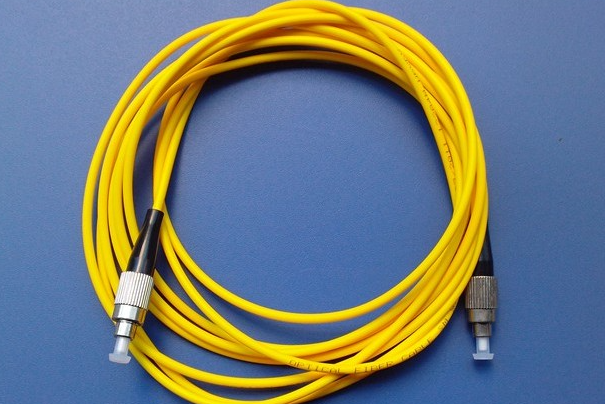 What is the difference between jumper fiber and pigtail? How are they applied? Where is it used? In the past few days, several friends have left messages for us and asked about relevant content. In this issue, we will summarize this together.
What is the difference between jumper fiber and pigtail? How are they applied? Where is it used? In the past few days, several friends have left messages for us and asked about relevant content. In this issue, we will summarize this together.
1. What is a fiber optic jumper?
Optical fiber jumper, also known as optical fiber connector, means that both ends of the optical cable are equipped with connector plugs to realize the active connection of the optical path. Similar to coaxial cable, but without the mesh shield, it is used as a patch cord from the equipment to the fiber optic cabling link. It is generally used for the connection between optical transceivers and terminal boxes.
1. Classification of fiber optic jumpers
① FC fiber optic jumper: The external reinforcement method is a metal sleeve, and the fastening method is a turnbuckle. Generally used on the ODF side (the most used on the distribution frame);
②SC type optical fiber jumper: the connector connected to the GBIC optical module, its shell is rectangular, and the fastening method is a plug-in pin-bolt type, which does not need to be rotated. (Most used on router switch transceivers);
③ST type optical fiber jumper: It is often used in ODF optical fiber distribution frame, the shell is round, and the fastening method is a turnbuckle. (For 10Base-F connection, the connector is usually ST type. It is often used in fiber distribution frames);
④ LC-type fiber optic jumper: the connector connected to the SFP module, which is made of a modular jack (RJ) latch mechanism that is easy to operate. (Optical modules are commonly used).
2. How to distinguish between single-mode and multi-mode jumpers
Fiber jumpers are divided into single-mode and multi-mode, let’s see how to distinguish them:
Single-mode optical fiber: Generally, the optical fiber jumper is indicated by yellow, and the connector and protective sleeve are blue; the transmission distance is longer.
Multimode optical fiber: Generally, the optical fiber jumper is represented by orange, and some are represented by gray, and the connector and protective sleeve are beige or black; the transmission distance is short.
2. What is an optical fiber pigtail
Optical cable pigtails, pigtails are also called pigtails. Only one end has a connector, and the other end is a broken end of an optical cable core. It is connected to other optical fiber cores by fusion. It often appears in the optical fiber terminal box for connection. Fiber optic cable and fiber optic transceiver (couplers, jumpers, etc. are also used between them).
Pigtails are divided into multimode pigtails and single-mode pigtails:
The multimode pigtail is orange, the wavelength is 850nm, and the transmission distance is 500m, which is used for short-distance interconnection.
The single-mode pigtail is yellow and has two wavelengths, 1310nm and 1550nm, and the transmission distances are 10km and 40km respectively.
3. What is the difference between optical fiber jumper and pigtail?
What is the difference between pigtail and jumper? Mainly in application.
Only one end of the fiber optic pigtail is a movable connector, and both ends of the jumper are movable connectors. There are many types of interfaces. Different interfaces require different couplers. The jumper is divided into two and can be used as a pigtail, so it is also understandable. Jumper for one connector.
Ready to optimize your network infrastructure? Explore a range of high-quality fiber patch cables and pigtail cables at Router Switch. Enhance connectivity and streamline data transmission with our top-notch solutions. Elevate your integration projects – shop now!
Check More Router-switch Products:
Read More:
Igniting the Future of ICT: An Invitation to Router-switch.com’s InnovateTech Speaker Program
Mastering VLAN Segmentation: Six Effective Methods for VLAN Division
